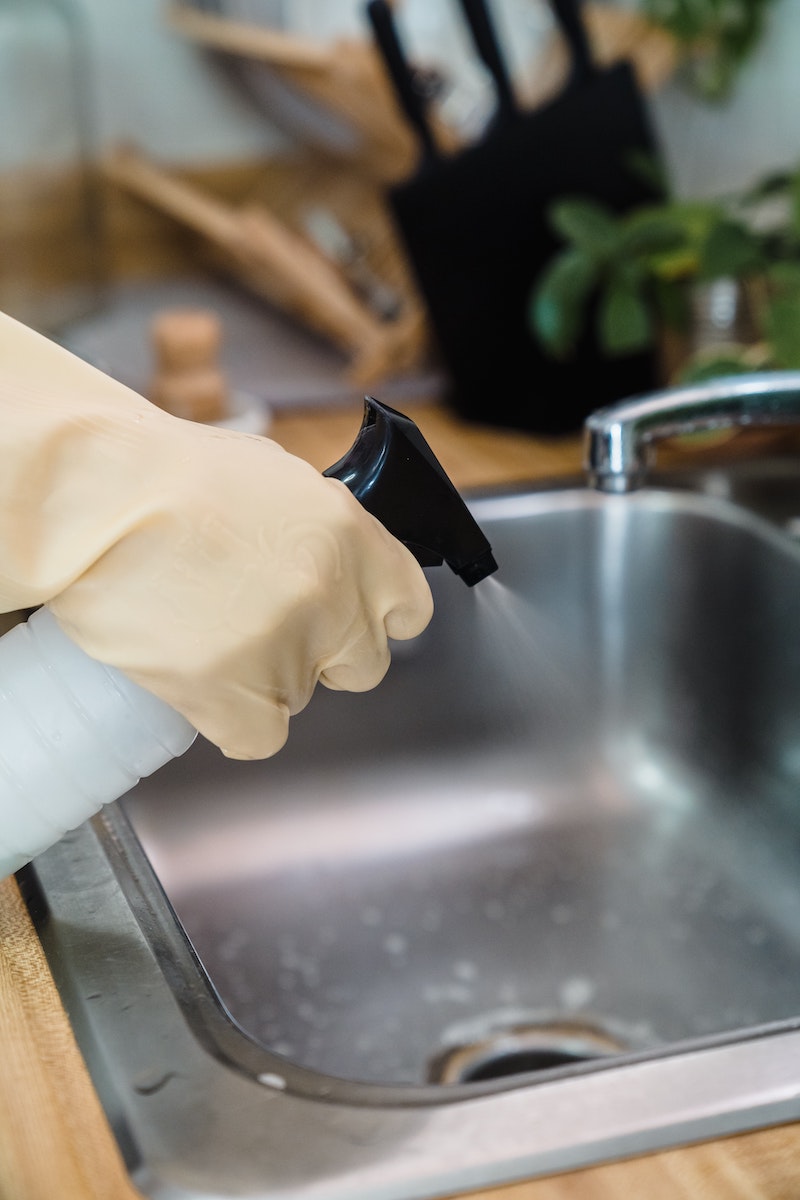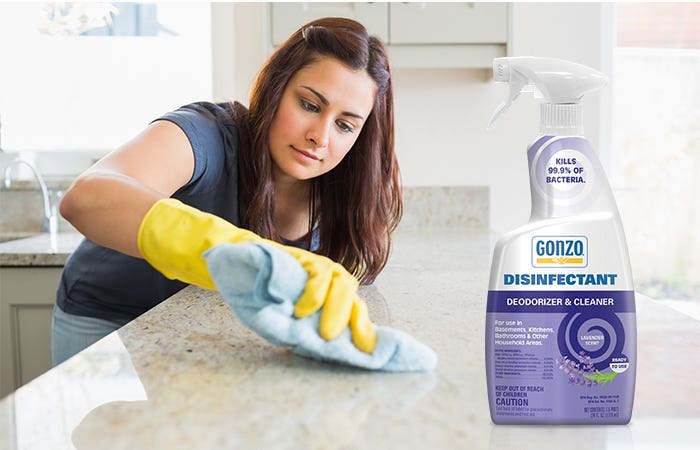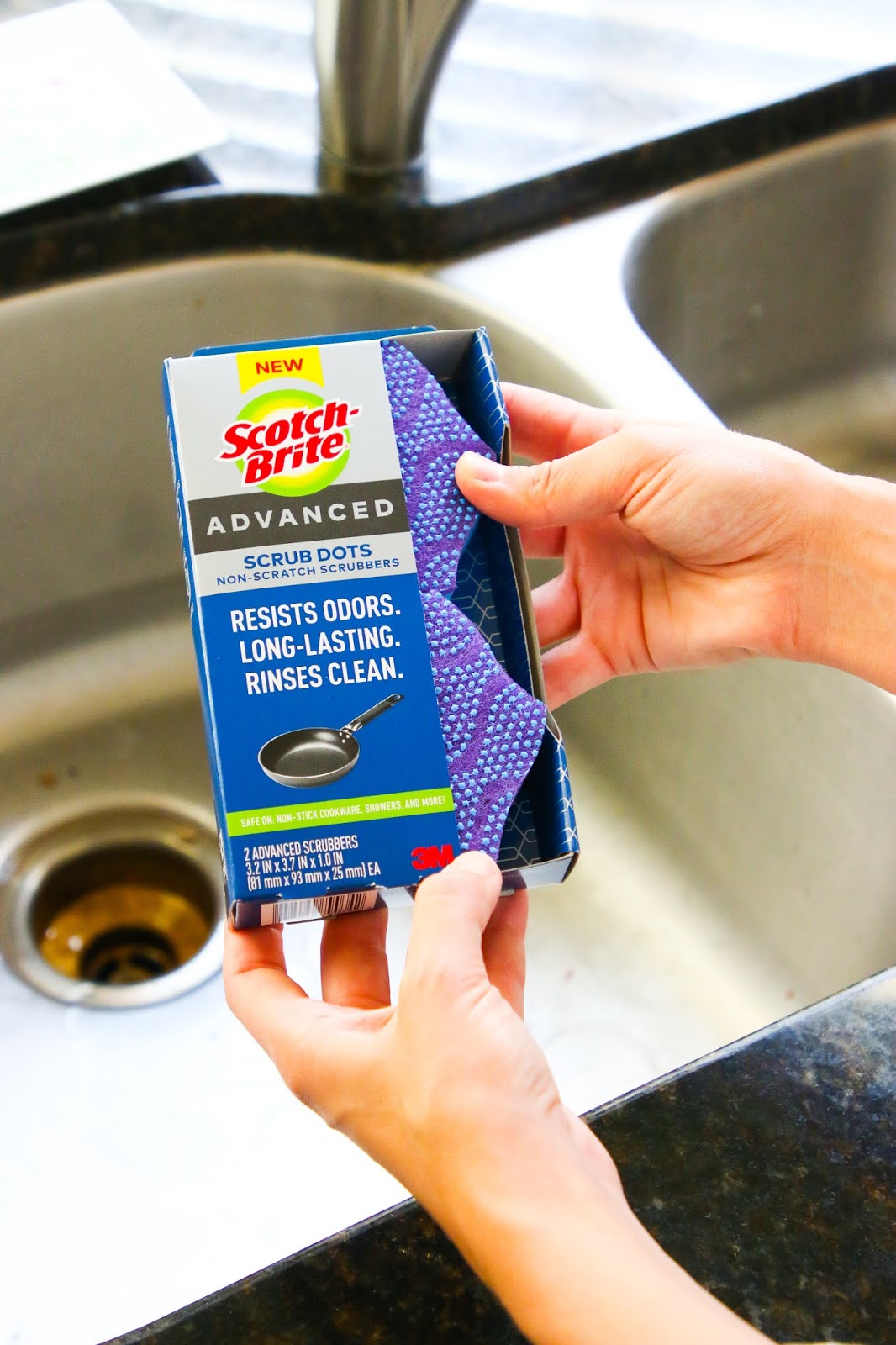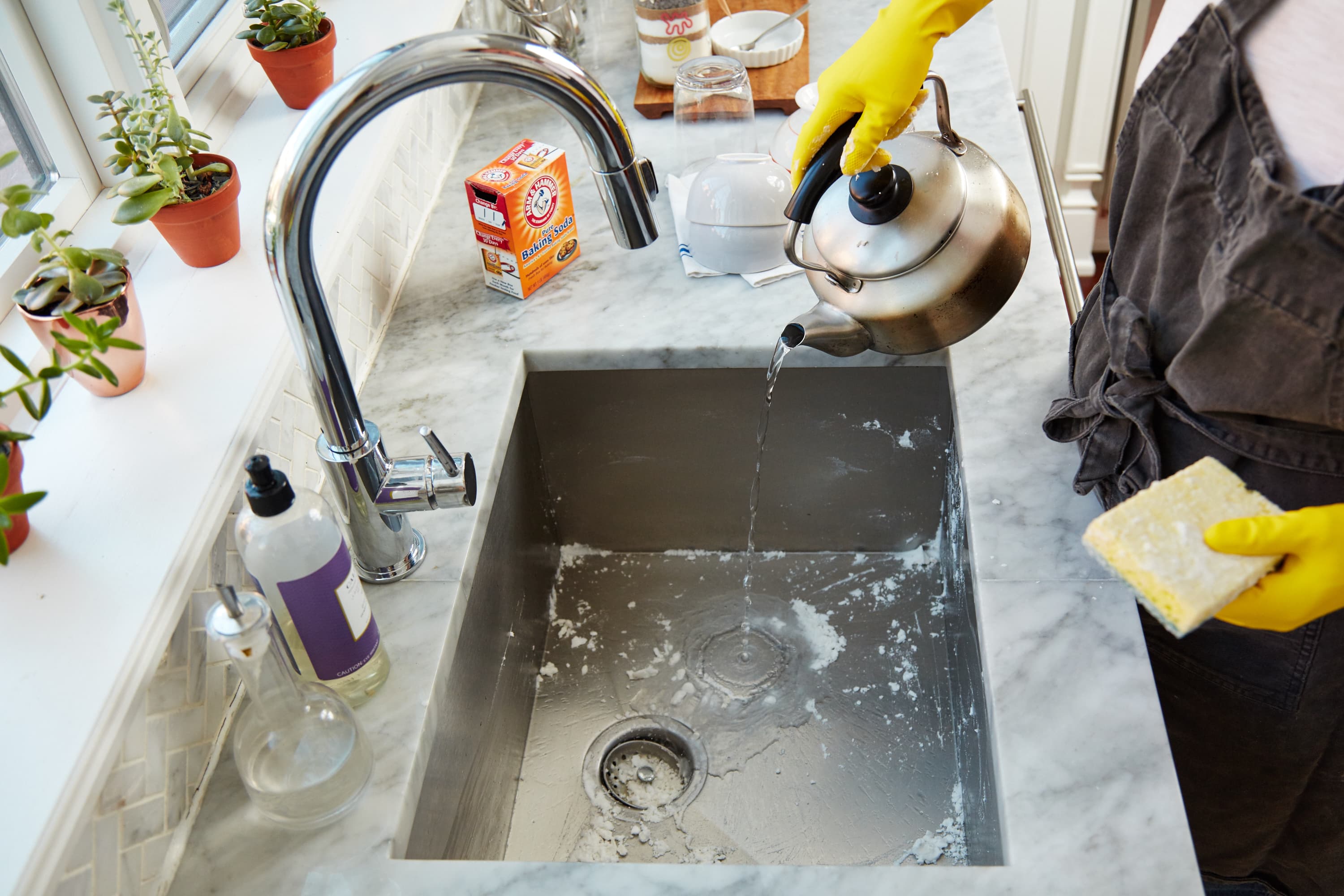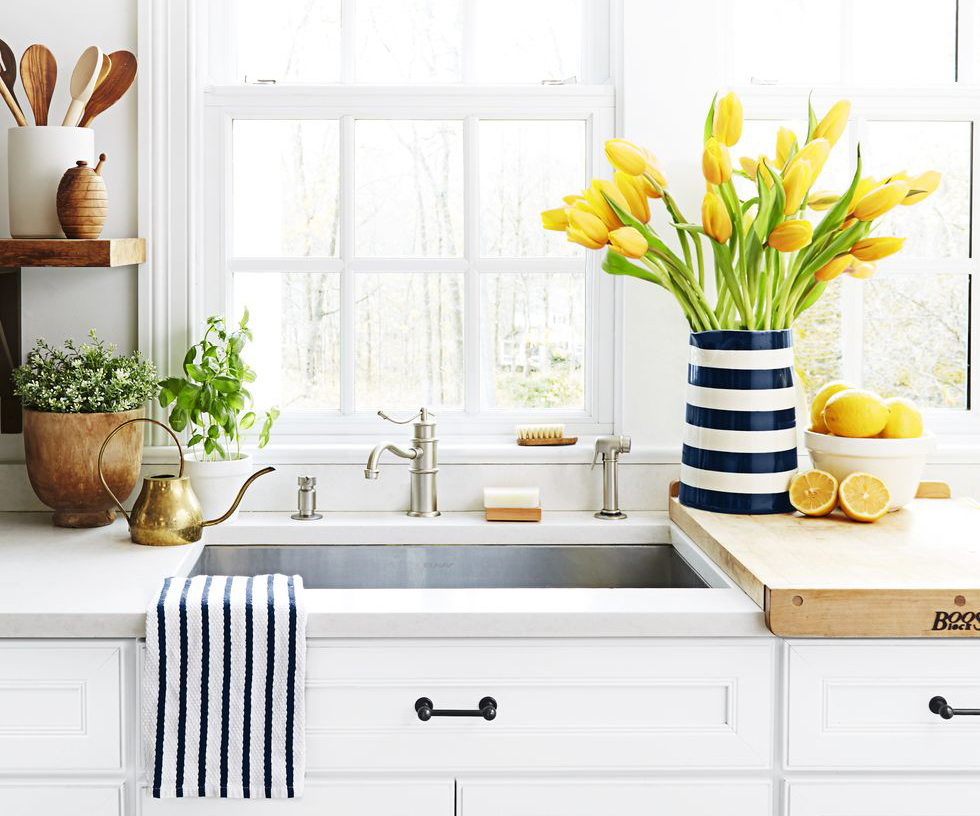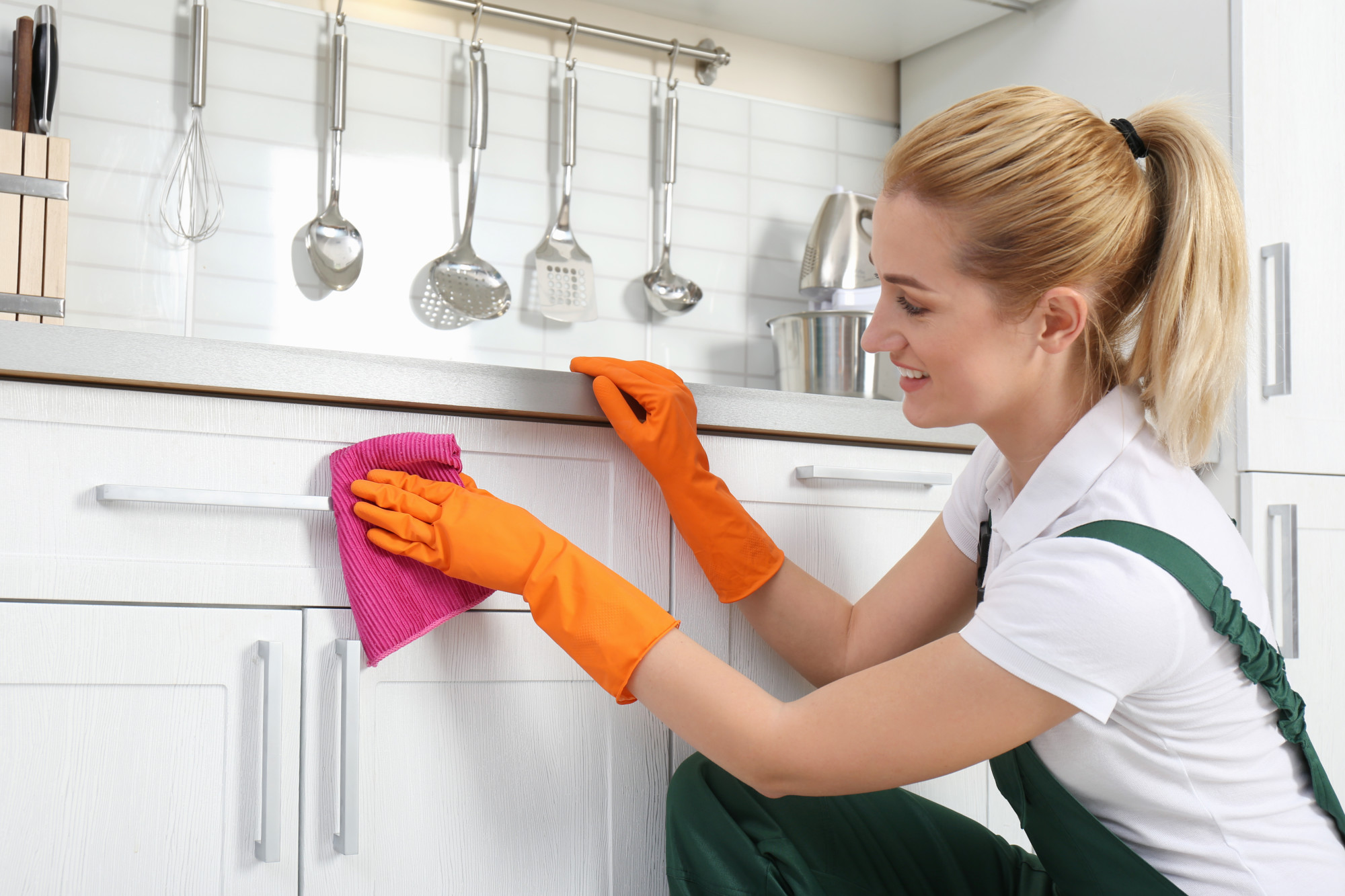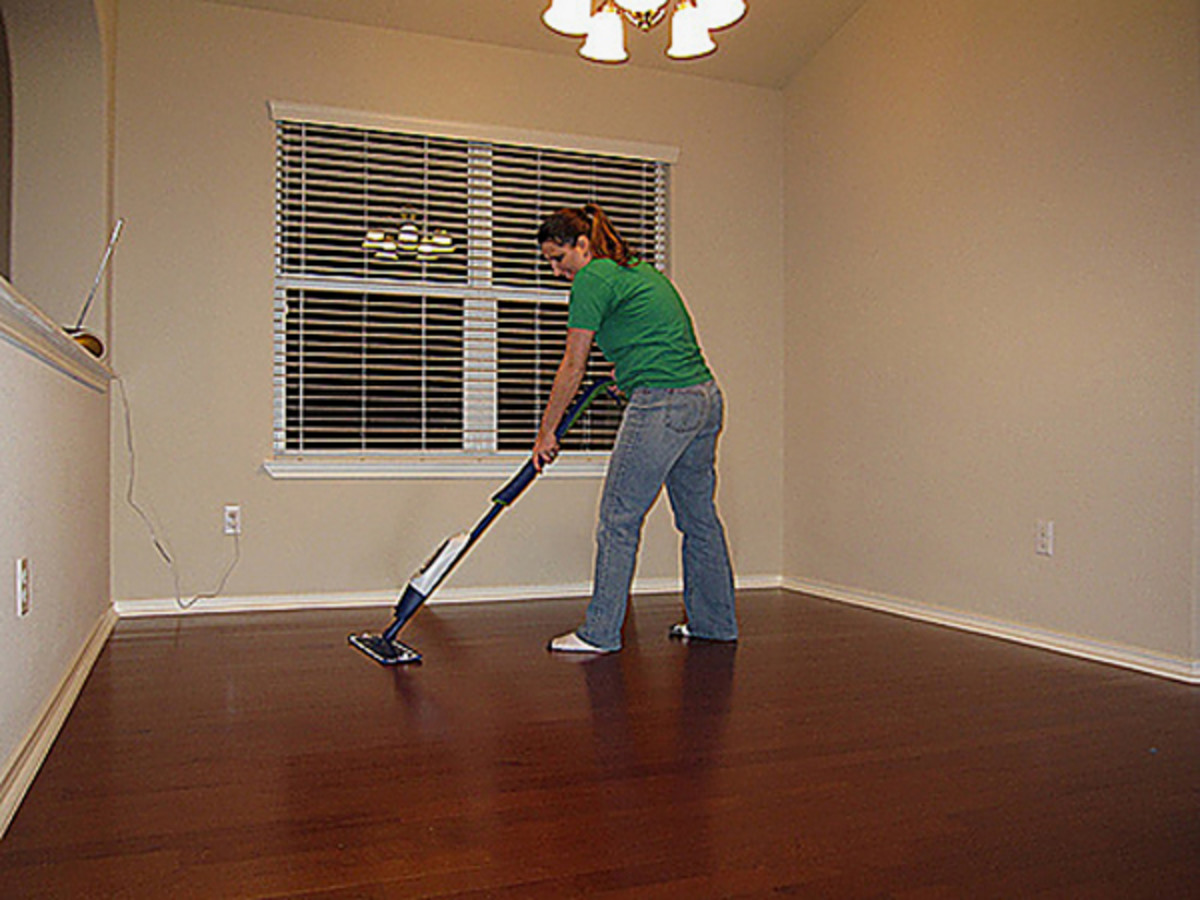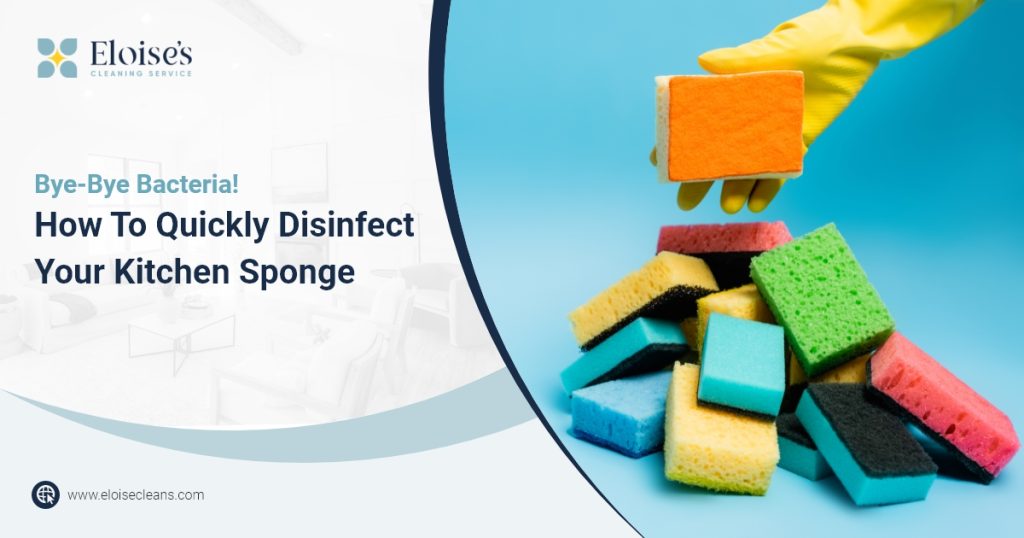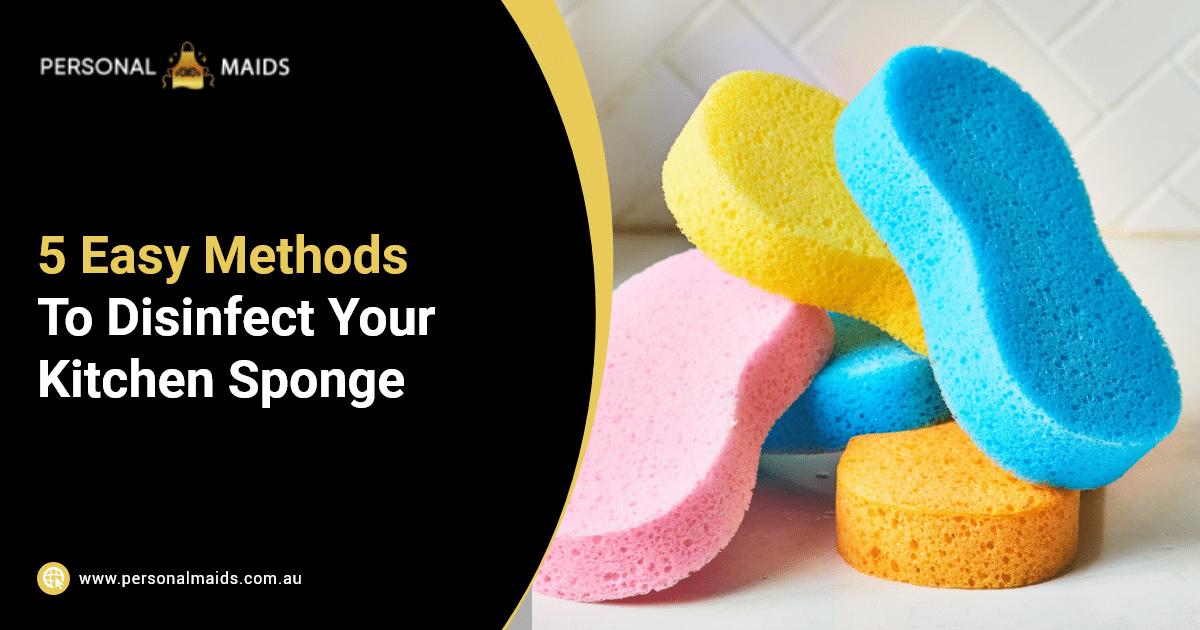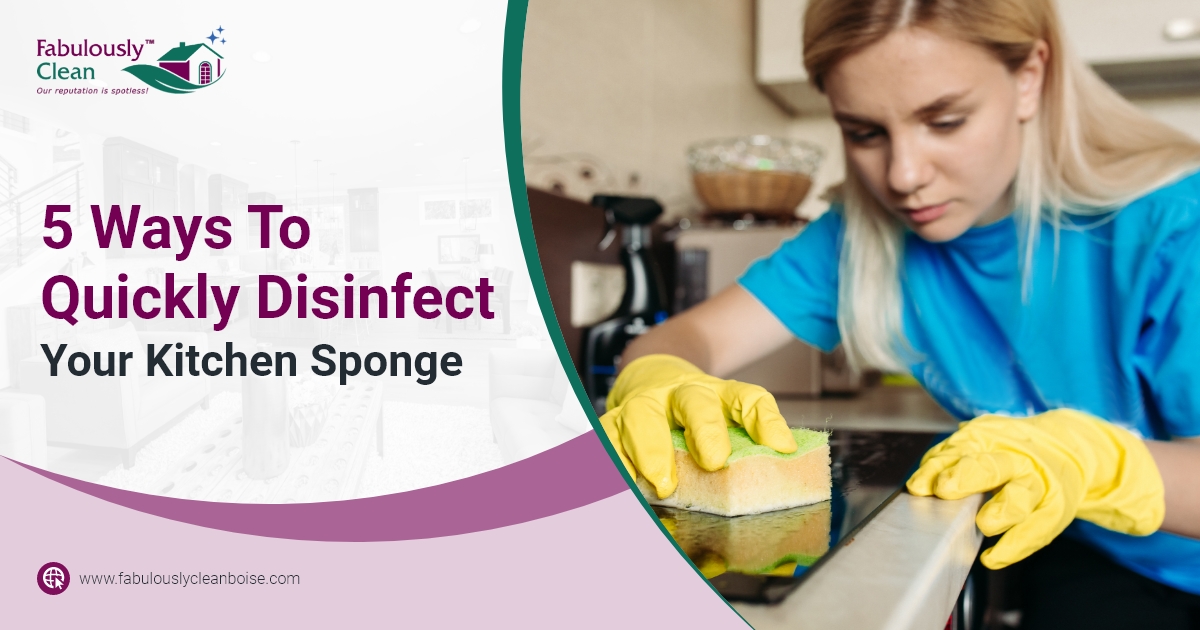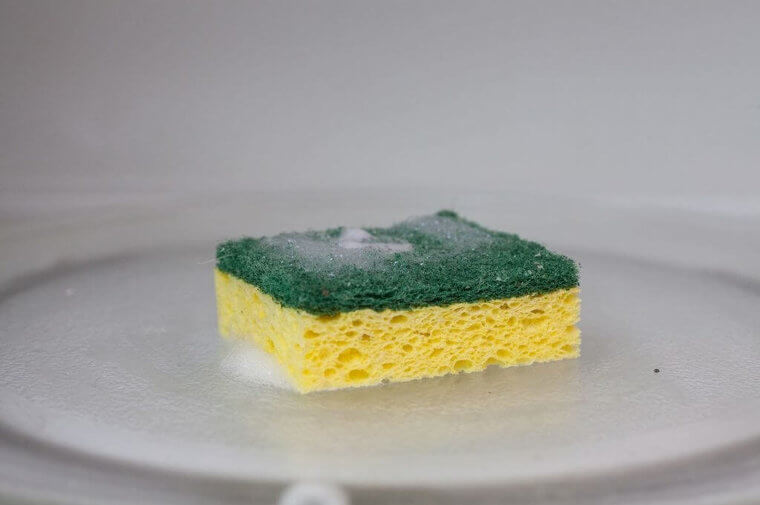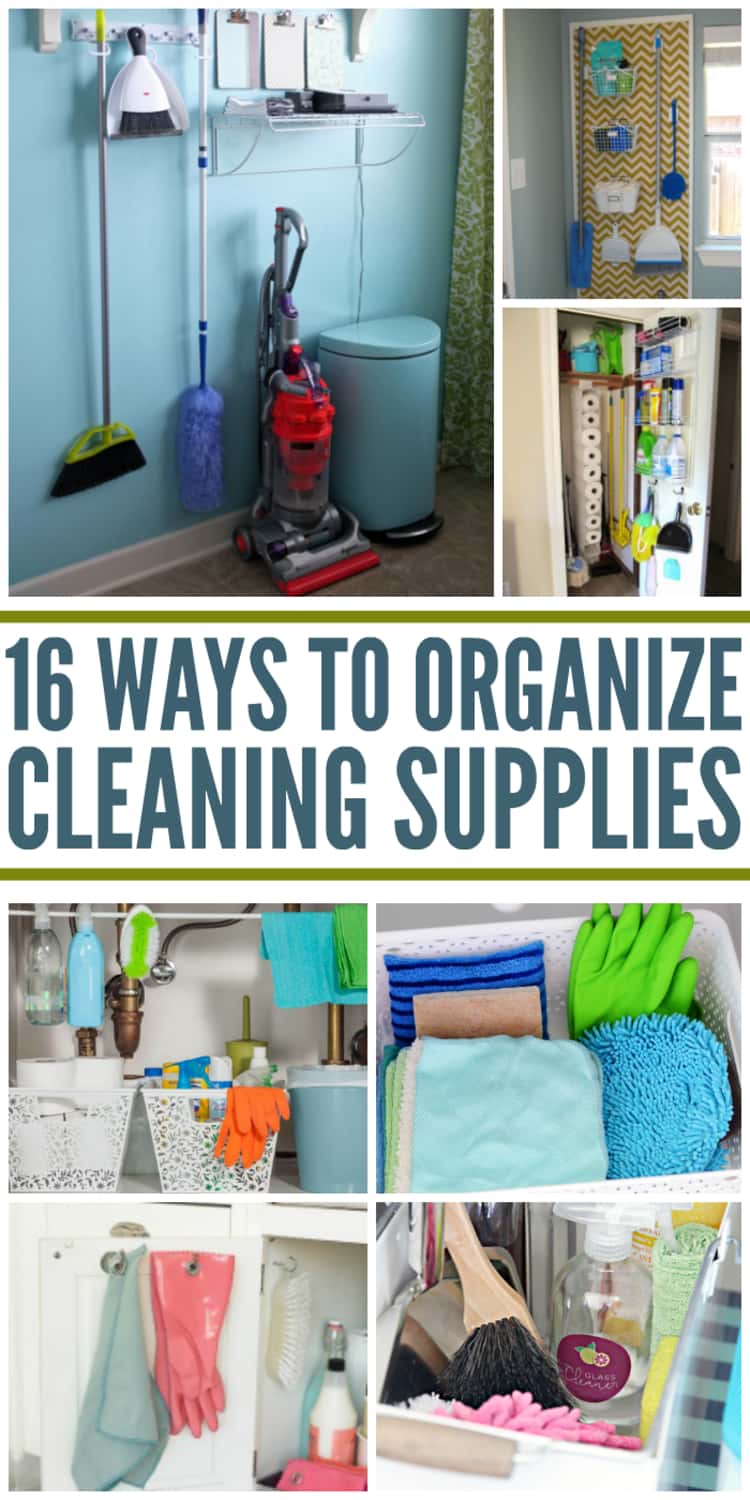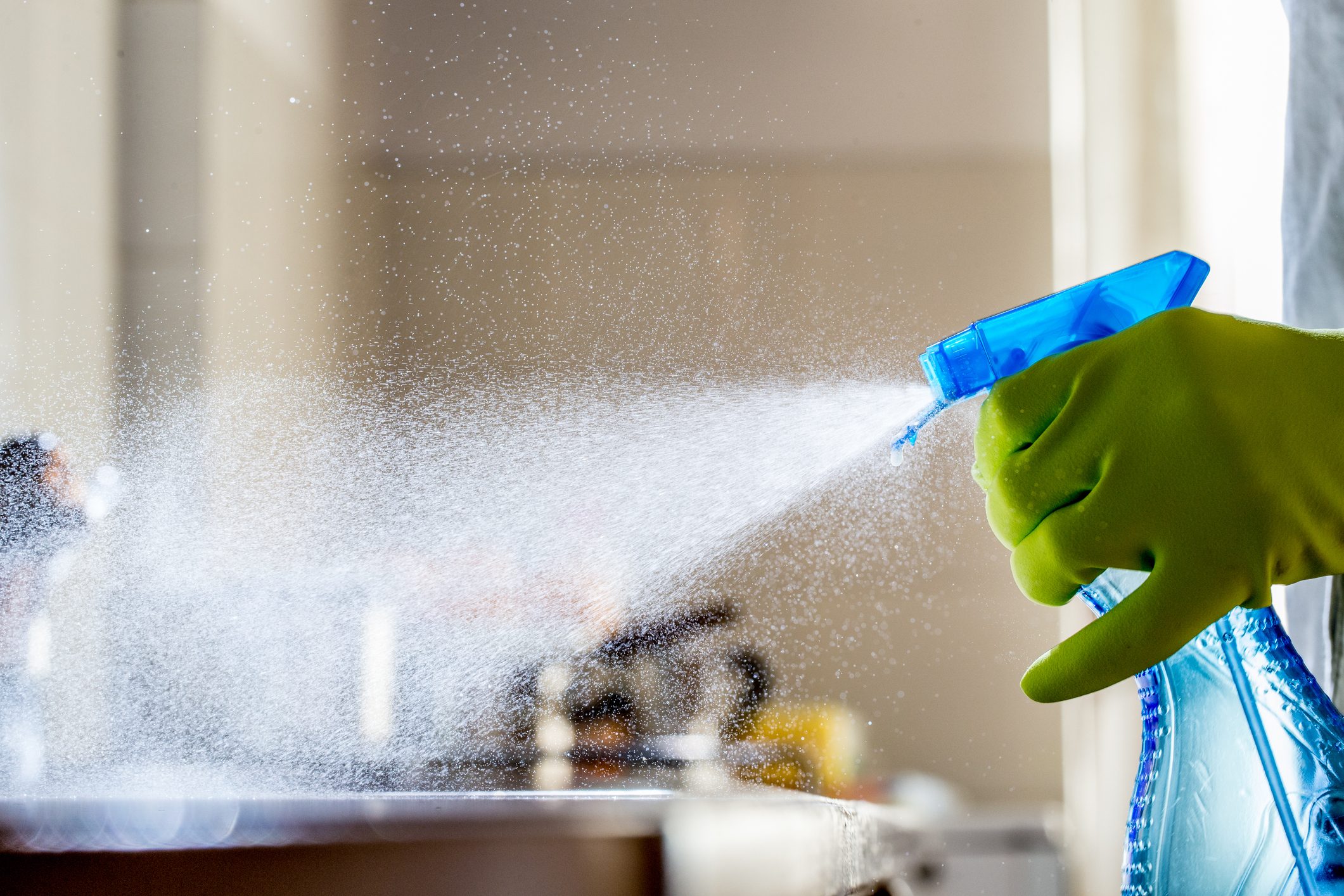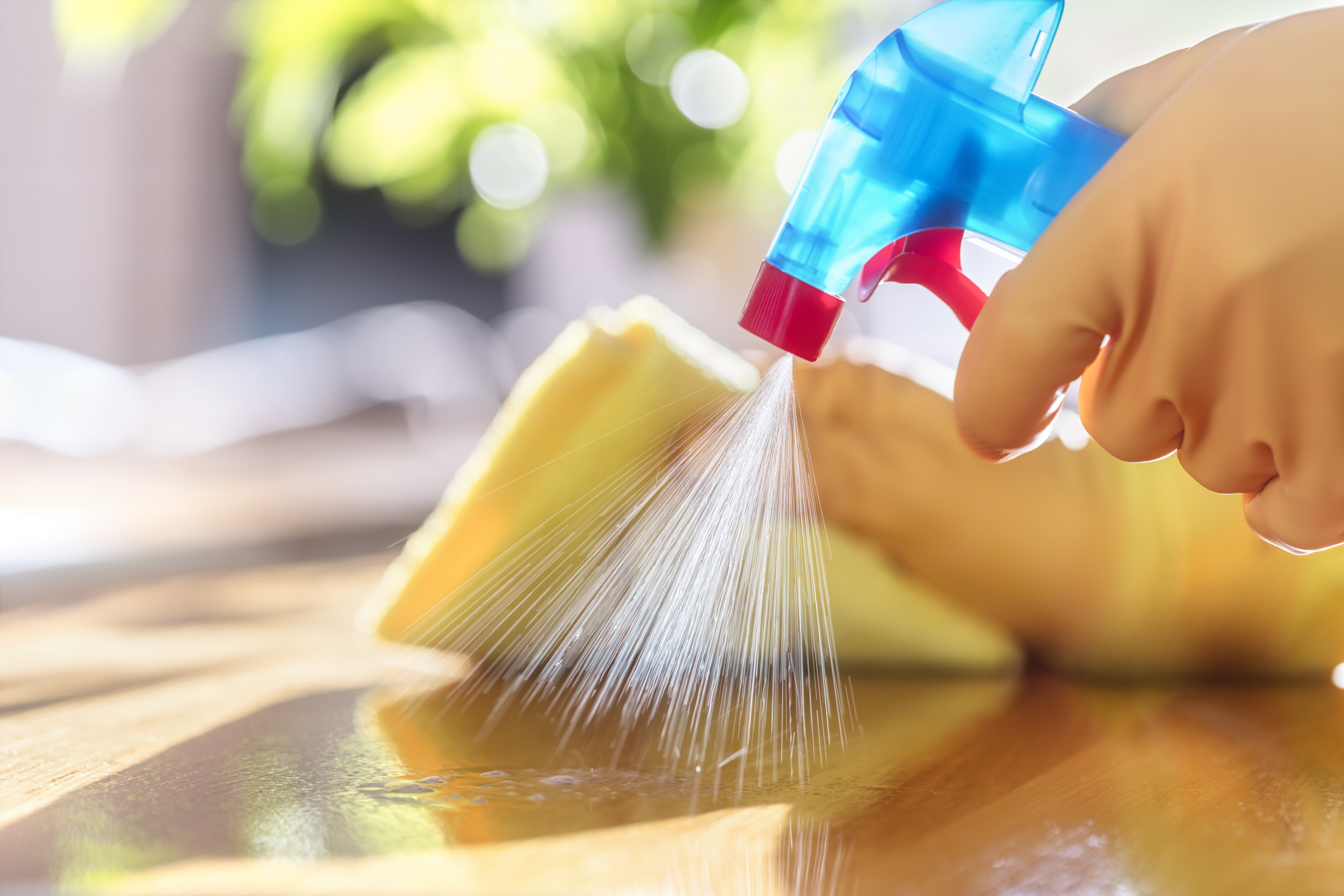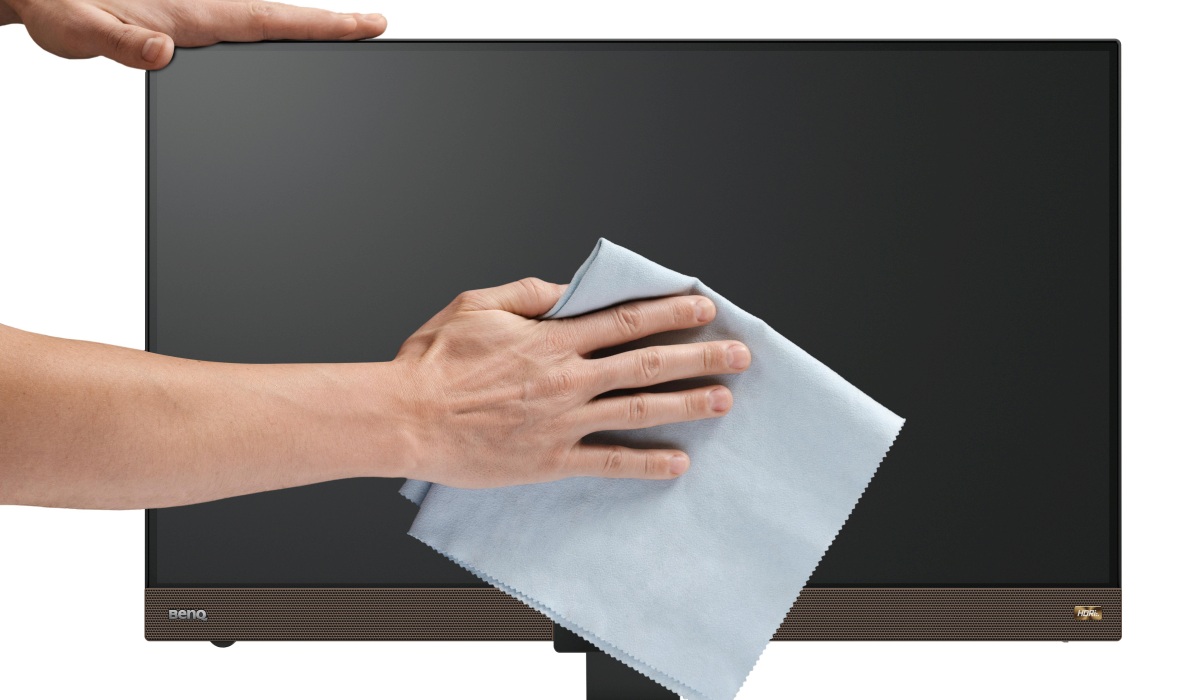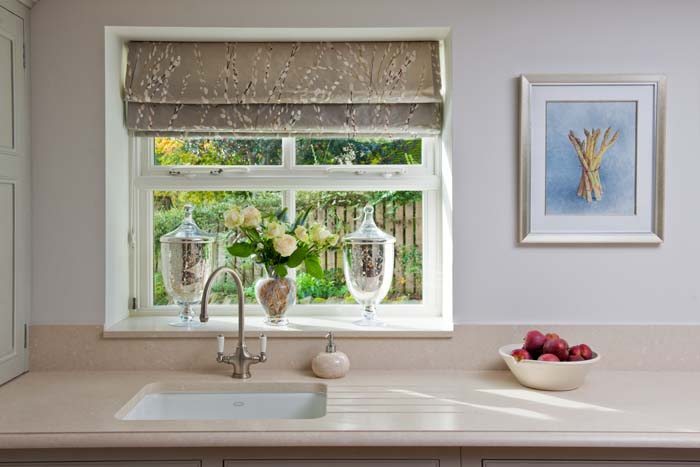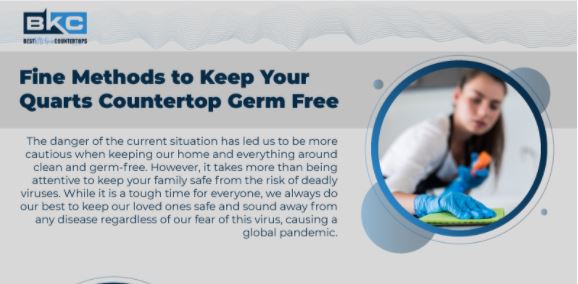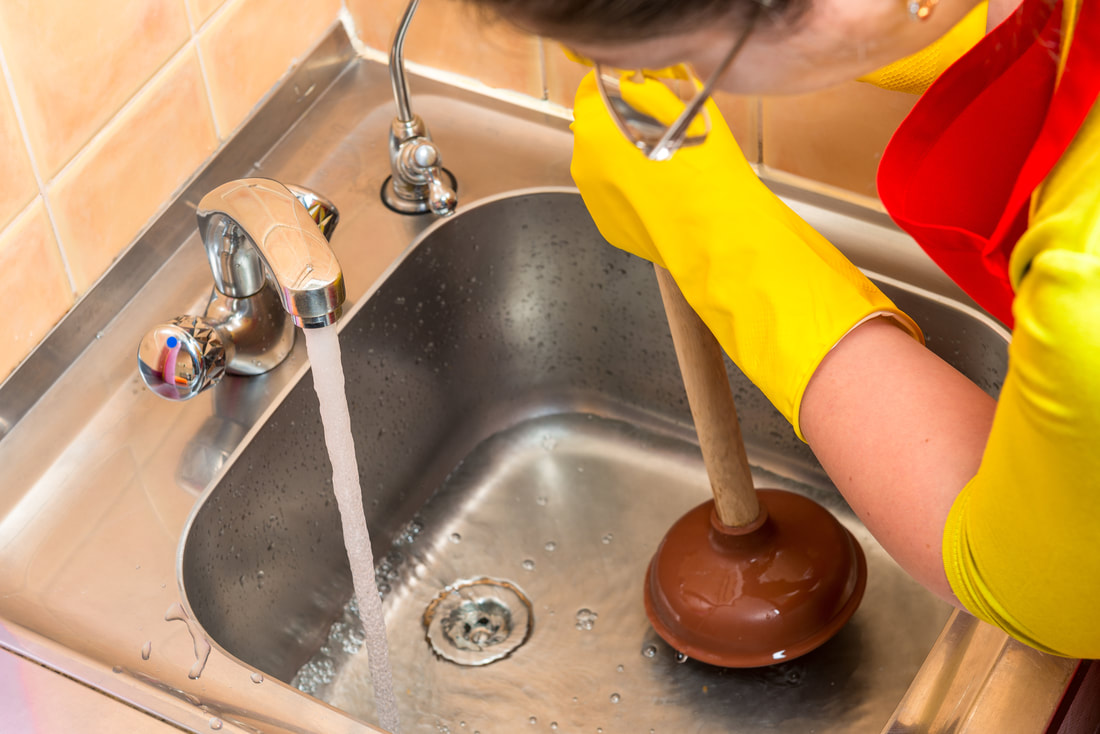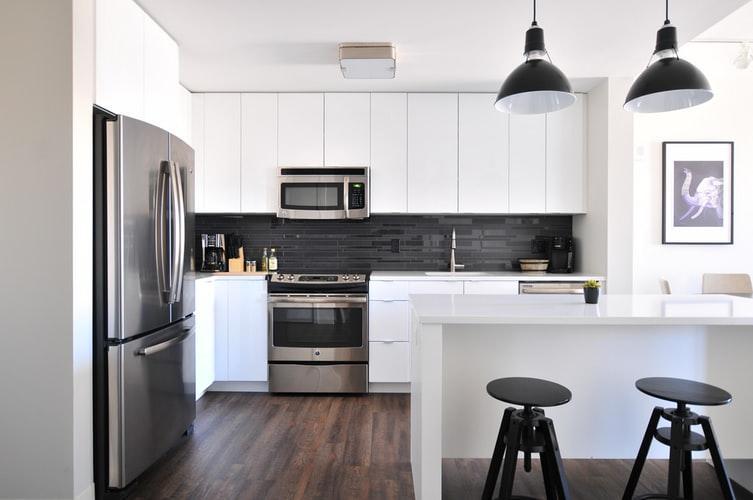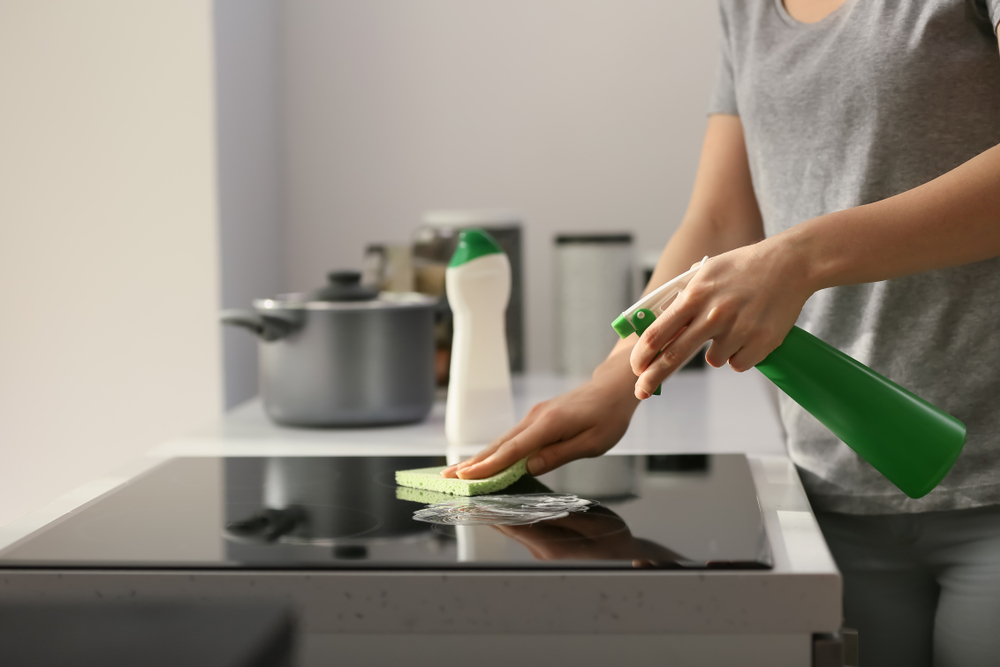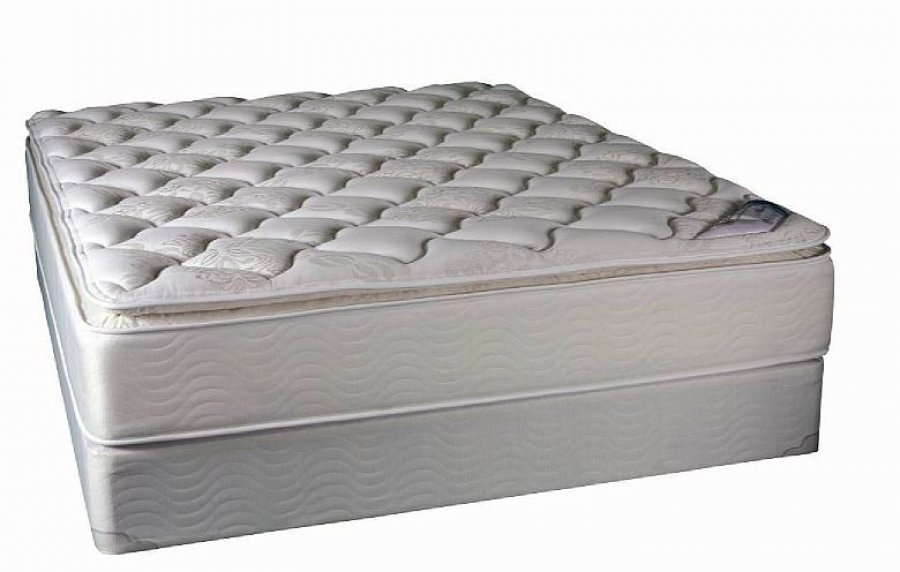Keeping your kitchen countertops clean and germ-free is essential for maintaining a healthy and hygienic home. With constant use and exposure to food and other substances, kitchen countertops can quickly become a breeding ground for bacteria and viruses. Here are some easy steps to follow to ensure your countertops are clean and disinfected. Step 1: Clear the Countertop Before you can start cleaning, you need to clear off any items or clutter from your countertops. This will allow you to reach all areas and ensure a thorough cleaning. It's also a good time to sort through any items and get rid of anything that is expired or no longer needed. Step 2: Wipe Down with Soap and Water Using a gentle dish soap and warm water, wipe down your countertops with a clean cloth or sponge. This will help remove any surface dirt and grime. Be sure to rinse the cloth or sponge frequently and change the water if it becomes too dirty. Step 3: Disinfect with a Natural Solution To disinfect your countertops, you can make your own natural cleaning solution using ingredients you likely already have at home. Mix together equal parts water and vinegar, and add a few drops of your favorite essential oil for a pleasant scent. Pour the solution into a spray bottle and spray it onto your countertops. Let it sit for a few minutes before wiping it off with a clean cloth. Step 4: Use a Commercial Disinfectant If you prefer to use a commercial disinfectant, make sure to choose one that is specifically designed for kitchen surfaces. Read the label and follow the instructions carefully. Some disinfectants may require you to let the product sit on the surface for a certain amount of time before wiping it off. Step 5: Rinse and Dry Thoroughly After disinfecting your countertops, be sure to rinse them with clean water and dry them thoroughly with a clean towel. This will prevent any streaks or residue from the cleaning solution. Step 6: Regularly Clean and Disinfect To keep your kitchen countertops clean and germ-free, it's important to make cleaning and disinfecting a regular habit. Depending on how often you use your kitchen, you may need to clean and disinfect daily or a few times a week. This will help prevent the buildup of bacteria and keep your kitchen surfaces safe for food preparation.How to Clean and Disinfect Your Kitchen Countertops
Just like your countertops, your kitchen sink is also a prime spot for bacteria and germs to thrive. Here's how you can keep your sink clean and hygienic. Step 1: Clear the Sink Before you start cleaning, remove any dishes, utensils, or other items from your sink. This will allow you to reach all areas and ensure a thorough cleaning. Step 2: Scrub with Baking Soda Sprinkle some baking soda onto your sink and use a damp sponge to scrub the surface. Baking soda is a natural abrasive that can help remove stains and buildup from your sink. Step 3: Rinse with Vinegar Pour some white vinegar onto the sink and use a clean cloth to wipe it down. The vinegar will help disinfect the surface and remove any stubborn stains. Step 4: Clean the Drain To clean the drain, pour some baking soda down it followed by white vinegar. Let it sit for a few minutes before rinsing with hot water. This will help remove any buildup and keep your drain smelling fresh. Step 5: Rinse and Dry Thoroughly After cleaning your sink, be sure to rinse it with clean water and dry it thoroughly with a clean towel. This will prevent any water spots or residue from forming. Step 6: Maintain Regularly To keep your kitchen sink clean and sparkling, it's important to maintain it regularly. Make sure to clean it after each use, and do a deeper cleaning at least once a week. This will help prevent the buildup of bacteria and keep your sink looking its best.How to Clean a Kitchen Sink
If you prefer to use natural cleaning products in your home, here's a simple recipe for a DIY disinfectant that is safe and effective for use on kitchen surfaces. Ingredients:DIY Natural Disinfectant for Kitchen Surfaces
Now that you know how to clean and disinfect your countertops and sink, here are some additional tips for maintaining a sparkling clean kitchen:10 Tips for a Sparkling Clean Kitchen
Your kitchen sponge is another item that can harbor a lot of bacteria if not cleaned regularly. Here's how you can disinfect your sponge to keep it clean and safe to use: Step 1: Rinse the Sponge After each use, rinse your sponge with hot water to remove any food particles and soap residue. Step 2: Soak in Hot Water Fill a bowl with hot water and add a few drops of dish soap. Soak your sponge in the hot water for a few minutes to help loosen any debris and kill bacteria. Step 3: Microwave for One Minute Place the wet sponge in the microwave and heat it on high for one minute. This will help kill any remaining bacteria and germs. Step 4: Air Dry After microwaving, let the sponge air dry completely before using it again. This will prevent any moisture from accumulating and breeding more bacteria. Step 5: Replace Regularly Even with regular cleaning and disinfecting, kitchen sponges should be replaced every few weeks to ensure they are not harboring harmful bacteria.How to Disinfect Your Kitchen Sponge
Now that you know how to clean and disinfect your countertops, sink, and other kitchen items, it's important to remember the best way to keep your entire kitchen clean and hygienic. Here are some tips to follow:The Best Way to Clean and Disinfect Your Kitchen
Countertops are one of the most used surfaces in the kitchen, making them prone to collecting germs and bacteria. Here are some tips for keeping your countertops clean and germ-free:How to Keep Your Kitchen Countertops Clean and Germ-Free
While it's important to regularly clean and disinfect your kitchen, it's also essential to do it correctly to avoid making these common cleaning mistakes:5 Common Kitchen Cleaning Mistakes to Avoid
Cooking can be a messy task, and it's essential to clean and disinfect your kitchen after preparing meals to avoid cross-contamination and the spread of germs. Here's how you can disinfect your kitchen after cooking: Step 1: Wipe Down Countertops and Surfaces After cooking, wipe down your countertops and other surfaces with a gentle soap and warm water. This will help remove any food particles and surface dirt. Step 2: Disinfect with a Natural Solution Use a natural disinfectant, such as vinegar or hydrogen peroxide, to disinfect your countertops and other surfaces. Spray the solution onto the surface and let it sit for a few minutes before wiping it off with a clean cloth. Step 3: Clean Up Spills and MessesHow to Disinfect Your Kitchen After Cooking
Why a Clean and Disinfected Kitchen is Essential for a Well-Designed Home
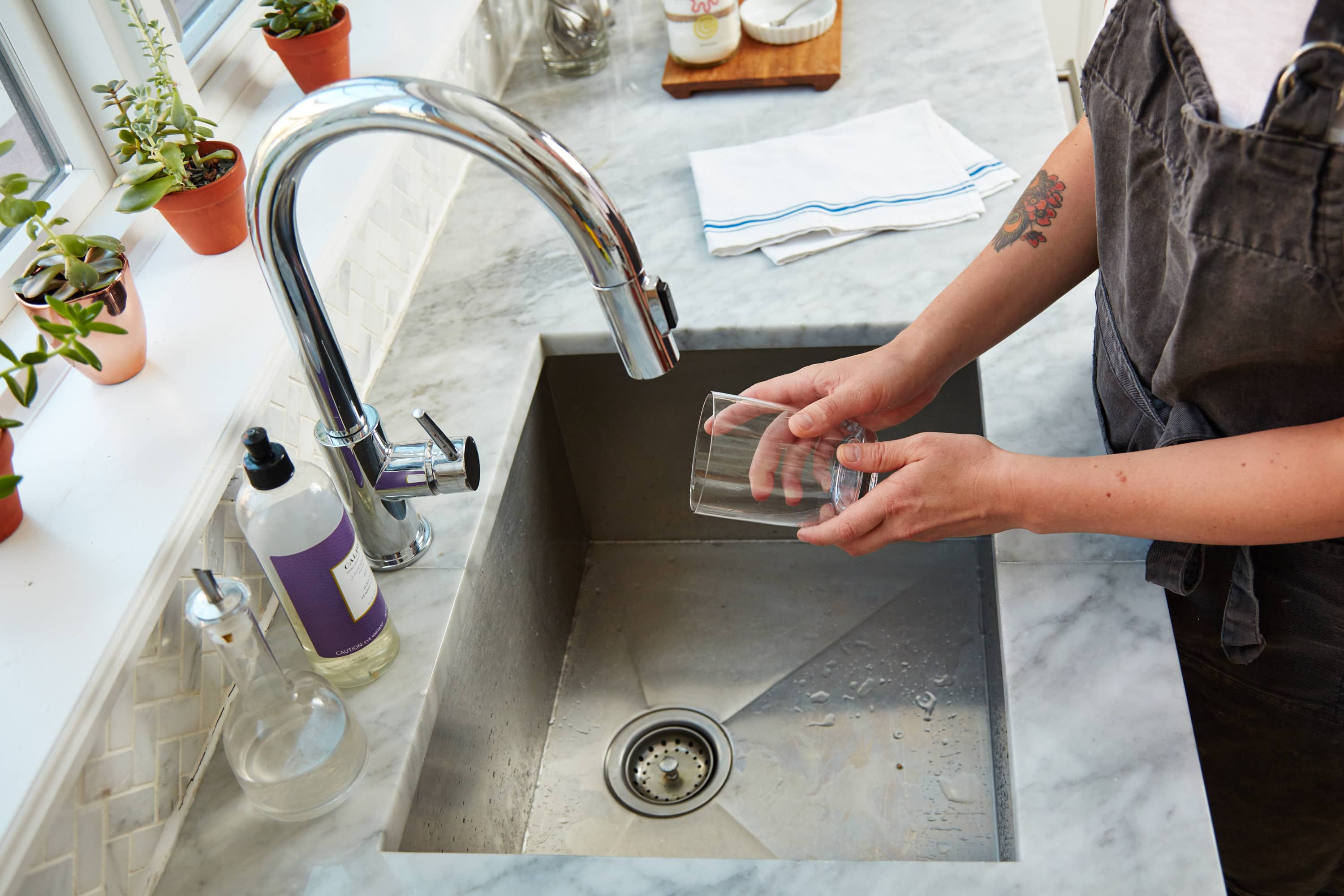
The Importance of a Clean and Sanitized Kitchen
 When it comes to designing a home, the kitchen is often considered the heart of the house. It is where delicious meals are prepared, family members gather to share stories, and memories are made. However, a dirty and unsanitary kitchen can quickly ruin the overall design and functionality of a home. Not only does it affect the aesthetic appeal, but it can also pose health hazards for you and your loved ones.
Cleanliness
and
disinfection
are two crucial elements in maintaining a well-designed kitchen. Not only does it keep the space looking organized and visually appealing, but it also prevents the spread of germs and bacteria.
Countertops
and
sinks
are two of the most heavily used areas in a kitchen, making them hotspots for germs and bacteria to thrive. Regular cleaning and disinfection of these surfaces can help prevent foodborne illnesses and keep your family healthy.
When it comes to designing a home, the kitchen is often considered the heart of the house. It is where delicious meals are prepared, family members gather to share stories, and memories are made. However, a dirty and unsanitary kitchen can quickly ruin the overall design and functionality of a home. Not only does it affect the aesthetic appeal, but it can also pose health hazards for you and your loved ones.
Cleanliness
and
disinfection
are two crucial elements in maintaining a well-designed kitchen. Not only does it keep the space looking organized and visually appealing, but it also prevents the spread of germs and bacteria.
Countertops
and
sinks
are two of the most heavily used areas in a kitchen, making them hotspots for germs and bacteria to thrive. Regular cleaning and disinfection of these surfaces can help prevent foodborne illnesses and keep your family healthy.
The Role of Countertops in a Well-Designed Kitchen
 Countertops are not only functional, but they also play a significant role in the overall design of a kitchen. They provide a workspace for meal preparation and can also serve as a focal point in the room. However, they can quickly become cluttered and dirty, making the entire space look chaotic and unappealing.
To maintain a well-designed kitchen, it is essential to keep your
countertops
clean and clutter-free. Wipe down the surface after each use to prevent the buildup of crumbs and spills. Use a disinfectant cleaner to eliminate any germs or bacteria that may be present. You can also add a touch of design to your countertops by displaying decorative items or fresh herbs.
Countertops are not only functional, but they also play a significant role in the overall design of a kitchen. They provide a workspace for meal preparation and can also serve as a focal point in the room. However, they can quickly become cluttered and dirty, making the entire space look chaotic and unappealing.
To maintain a well-designed kitchen, it is essential to keep your
countertops
clean and clutter-free. Wipe down the surface after each use to prevent the buildup of crumbs and spills. Use a disinfectant cleaner to eliminate any germs or bacteria that may be present. You can also add a touch of design to your countertops by displaying decorative items or fresh herbs.
The Importance of a Clean and Sanitized Sink
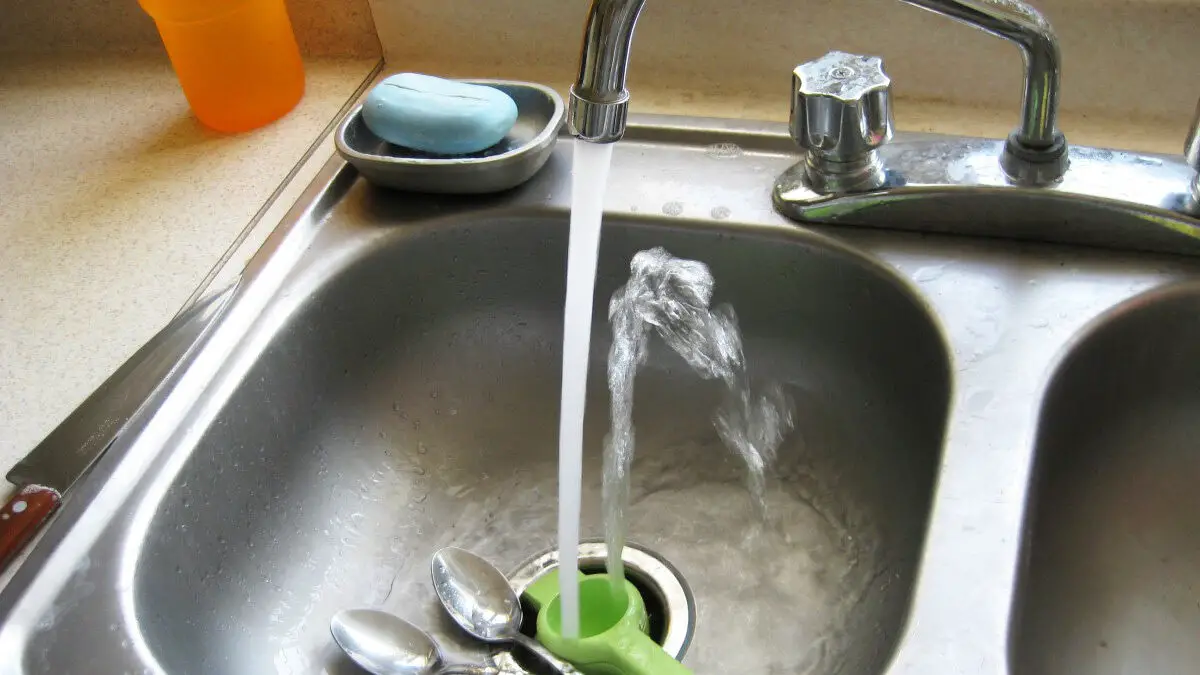 The sink is another crucial element in a well-designed kitchen. It is where dirty dishes are washed, and ingredients are rinsed before cooking. A dirty sink can quickly become a breeding ground for germs and bacteria, leading to potential health hazards and an unpleasant smell in the kitchen.
To maintain a clean and well-designed sink, it is essential to regularly clean and disinfect it. Use a mild dish soap and warm water to scrub away any food particles or stains. Then, spray a disinfectant cleaner and let it sit for a few minutes before rinsing it off. This will help eliminate any lingering germs and keep your sink looking and smelling fresh.
The sink is another crucial element in a well-designed kitchen. It is where dirty dishes are washed, and ingredients are rinsed before cooking. A dirty sink can quickly become a breeding ground for germs and bacteria, leading to potential health hazards and an unpleasant smell in the kitchen.
To maintain a clean and well-designed sink, it is essential to regularly clean and disinfect it. Use a mild dish soap and warm water to scrub away any food particles or stains. Then, spray a disinfectant cleaner and let it sit for a few minutes before rinsing it off. This will help eliminate any lingering germs and keep your sink looking and smelling fresh.
In Conclusion
 In summary, a clean and disinfected kitchen is an essential element in a well-designed home. It not only keeps the space visually appealing but also prevents the spread of germs and bacteria that can cause illnesses. By regularly cleaning and disinfecting your
countertops
and
sink
, you can maintain a functional and aesthetically pleasing kitchen for you and your family to enjoy.
In summary, a clean and disinfected kitchen is an essential element in a well-designed home. It not only keeps the space visually appealing but also prevents the spread of germs and bacteria that can cause illnesses. By regularly cleaning and disinfecting your
countertops
and
sink
, you can maintain a functional and aesthetically pleasing kitchen for you and your family to enjoy.

